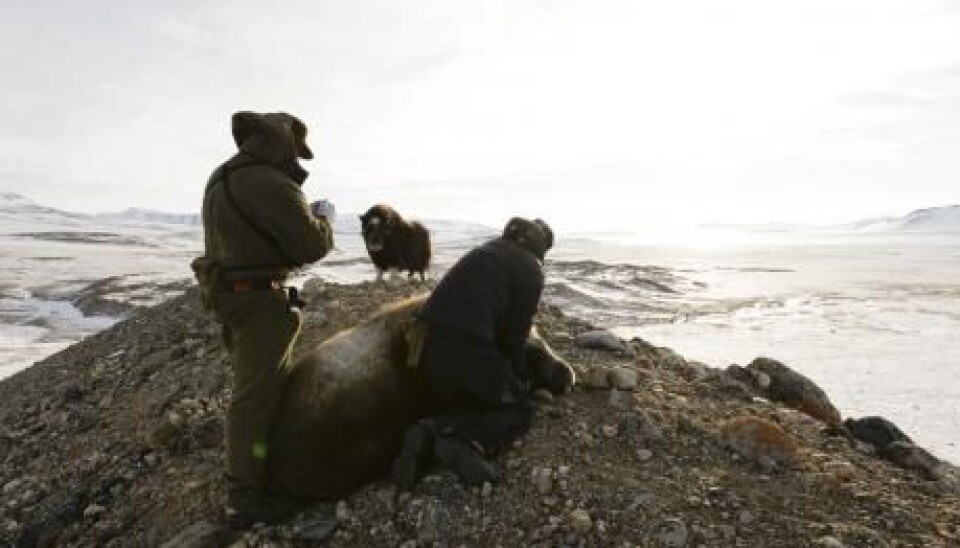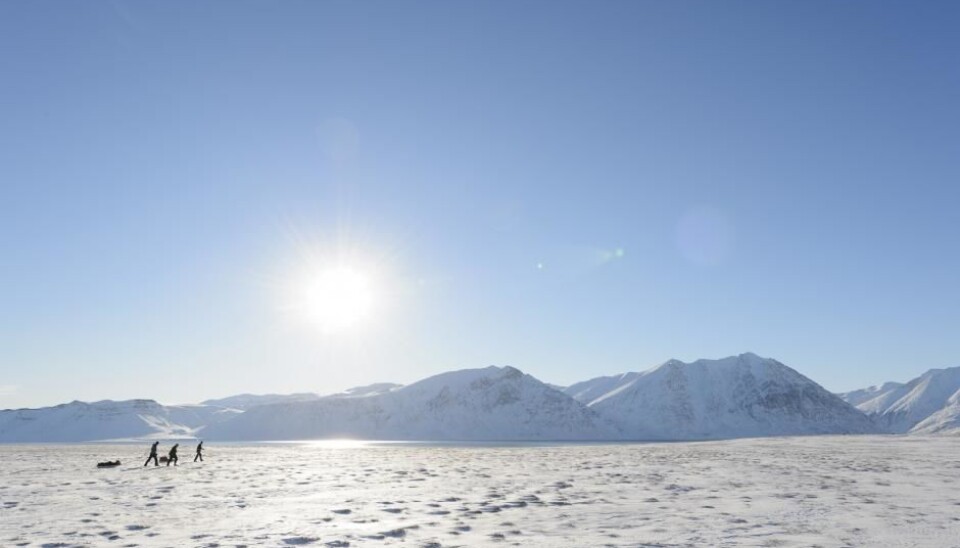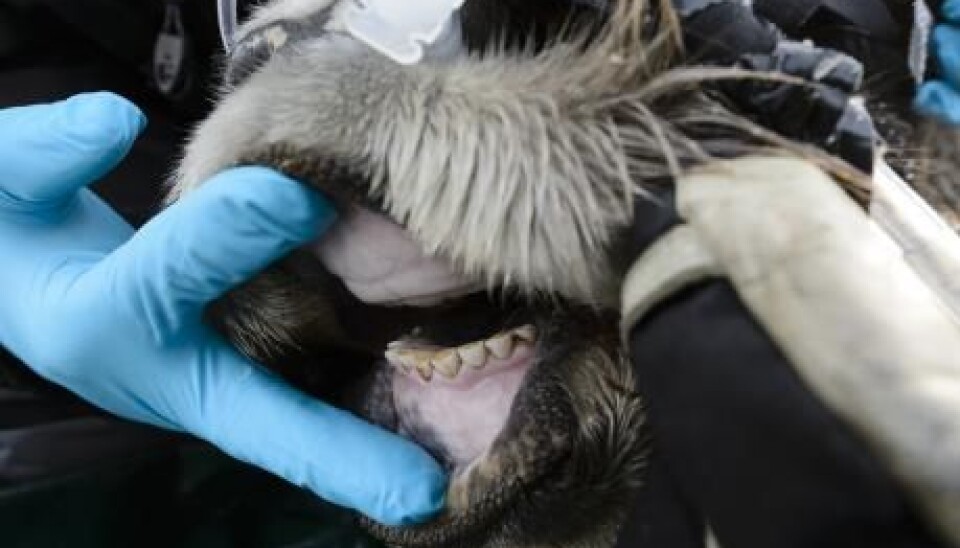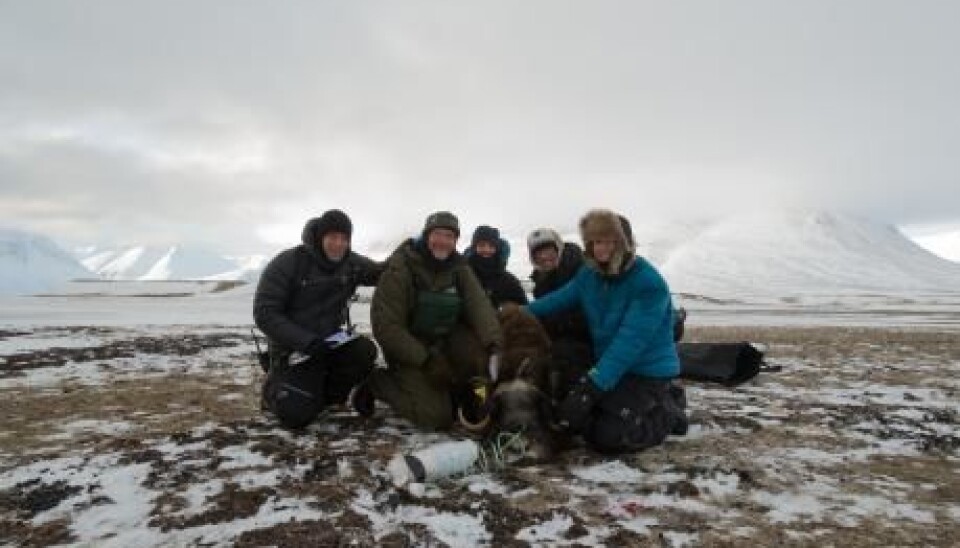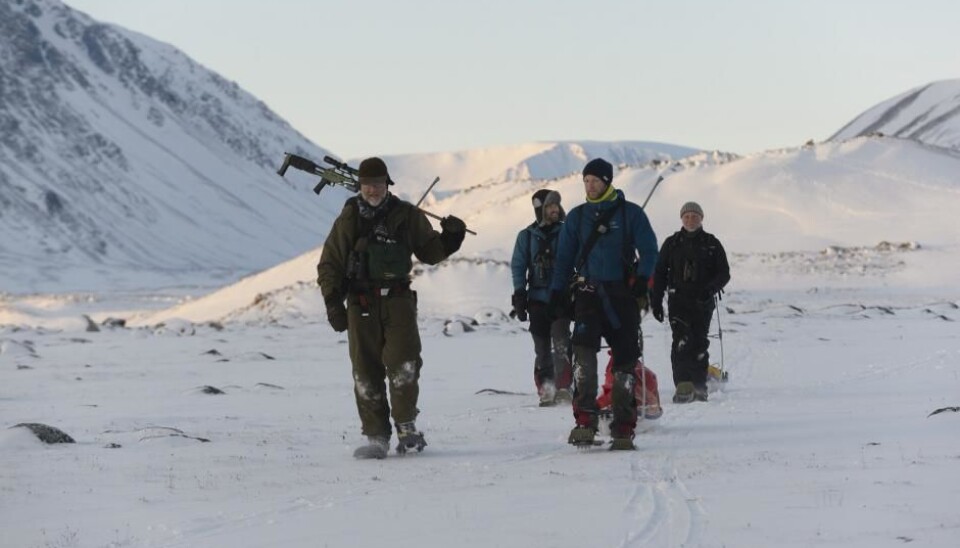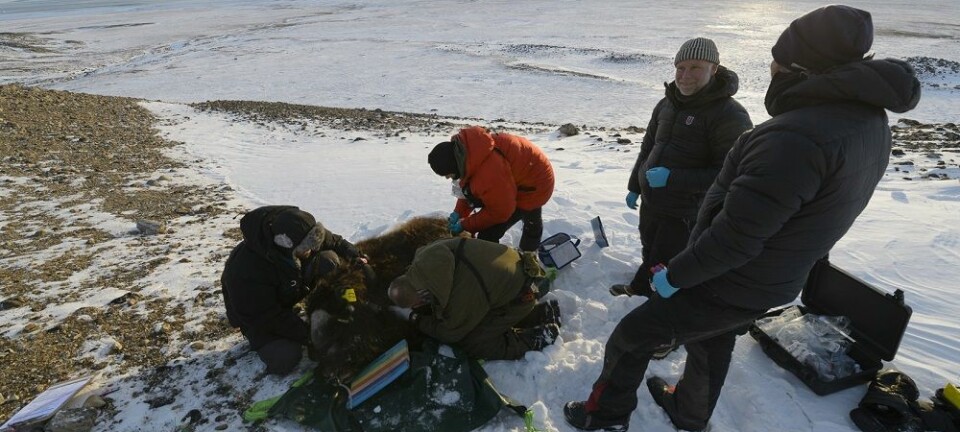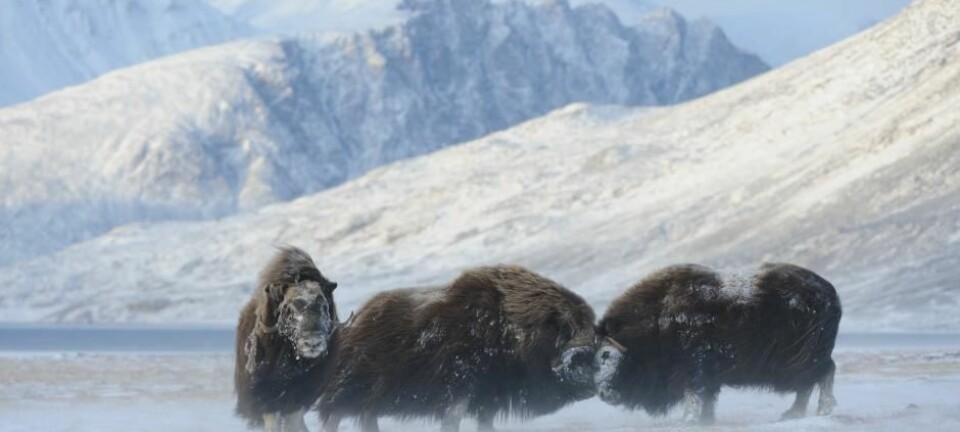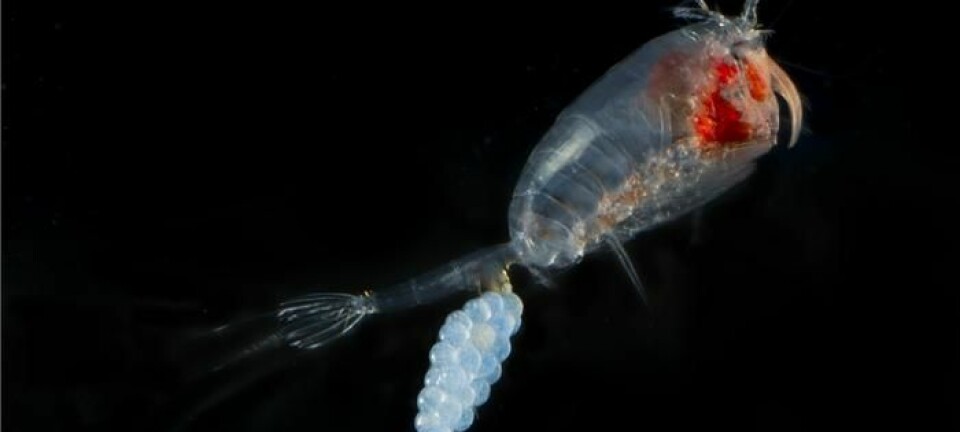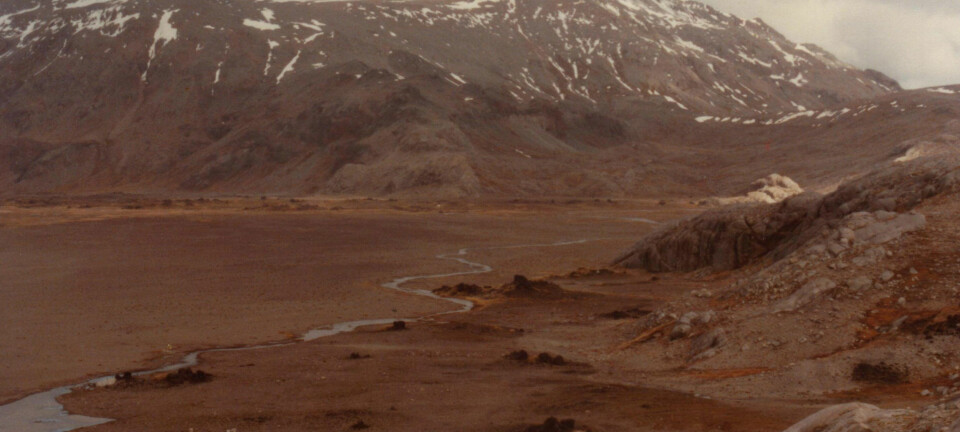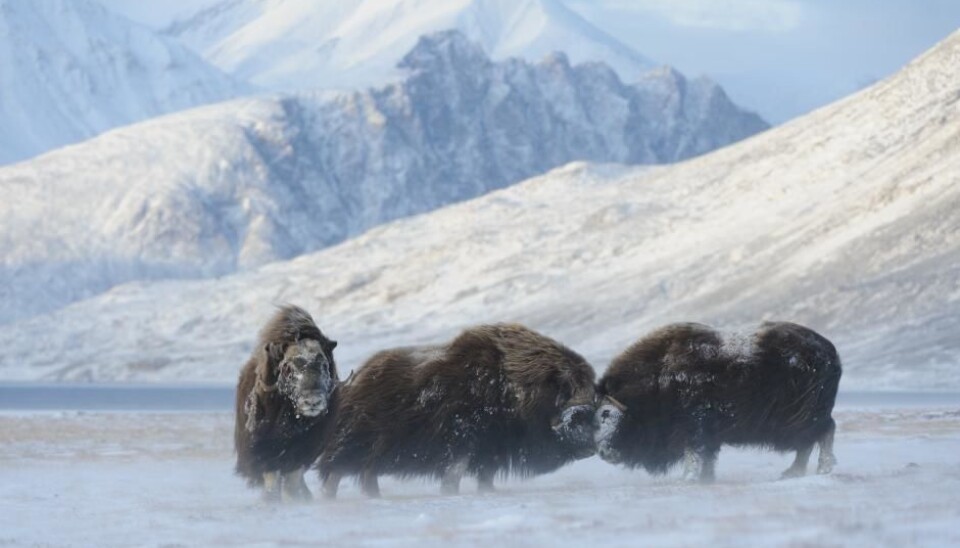
Scientists risk their lives in the wilds of Greenland
Neither snowstorms nor hungry polar bears could keep a group of scientists from studying musk oxen migration in North Greenland.
This article is part of our Basic Research theme
Some people will go to the end of the Earth in the name of science. Some scientists will even risk being eaten by polar bears or impaled by the horns of a 300 kilogram musk oxen.
It may sound like the stuff of movies, but for a group Arctic scientists from Aarhus University, it was all too real.
In 2013 and 2015, they set off to North Greenland to study migration patterns of musk oxen and how they live in the polar north.
“It’s an extreme experience, both mentally and physically. We were such a long way from everything and were totally dependent on each other,” says zoologist and expedition team member Mikkel Stelvig from Copenhagen Zoo, Denmark.
Stelvig and the other team members set out on their dangerous journey to study how the animals survived in such challenging Arctic conditions.
Video: See how musk oxen move around the landscape in Northern Greenland. (Video: Lars Holst Hansen)
Traversing Greenland with 30 kilogram equipment
Every day, the scientists left the relative safety of Zackenberg Research Station in North East Greenland and ventured out into the wild, snow, and ice covered landscape to see if they could catch a musk oxen.
“We anaesthetised the musk oxen with tranquilliser darts and attached transmitters to them so that we could map their migration routes. That meant hauling 30 kilograms of heavy equipment over snow in the middle of nowhere,” says expedition veterinarian Carsten Grøndahl.
Among the kit were heavy oxygen cannisters, to supply oxygen to the anaesthetised musk oxen while the scientists fitted the transmitter tags.
Read More: Climate change threatens the existence of Arctic musk oxen
Snow storms and just a couple of hot showers
The heavy equipment was one thing, but the often impassable terrain was something else.
“Sometimes, we had snowstorms for three days at a time, and then we couldn’t do anything. Fortunately, Zackenberg Research Station has warm water and electricity. If we hadn’t had food and water treatment equipment, we wouldn’t have survived very long,” says Stelvig.
Even the simple things like going to the toilet or taking a bath were difficult.
“We had water restrictions, so we didn’t flush after going to the toilet. And we could only shower twice during the three week trip,” says Grøndahl.
Read More: Buttock hair used to monitor Arctic musk ox
Dangerous musk oxen
But the indoor conditions were the least of the scientists’ concerns.
“Musk Oxen are not to be trifled with. It’s dangerous to come too close to their horns. Normally, you shouldn’t get any closer than 100 metres, but we went down to 24 metres distance,” says Stelvig.
This was necessary if they were to get a good shot with the tranquilliser gun, after which it was all hands on deck to hold onto the horns.
“We always had a grip on the horns --one in each hand, so we were in total control of the animal if it were to wake from the anaesthetic,” says Stelvig.
Read More: Take a tour of an Arctic monitoring site
“We surrounded them like a pack of wolves”
Stelvig and the rest of the team had to be quite cunning to get close enough to catch the animals.
Musk oxen are notoriously protective of each other and do not move easily.
“To them, we were like a pack of wolves. Normally, musk oxen run and try to gore their hunters. So we had to get rid of the other oxen before we could approach the one that we’d just anaesthetised,” says Stelvig.
To do this, they had to adopt some unusual techniques.
“It was all about surrounding them. So we split up into three groups of two. We were on skis and two approached from the middle and the others from either side of the animals. Our leader explained the whole time over radio where the animals were headed,” says Stelvig.
The mission was a success and they managed to tag enough animals to map and analyse their movement and activity patterns.
Stelvig and the rest of the team will head out again to Northeast Greenland in October 2017.
-------------------
Read the Danish version of this story on Videnskab.dk
Translated by: Catherine Jex
